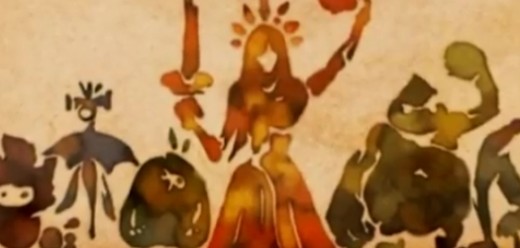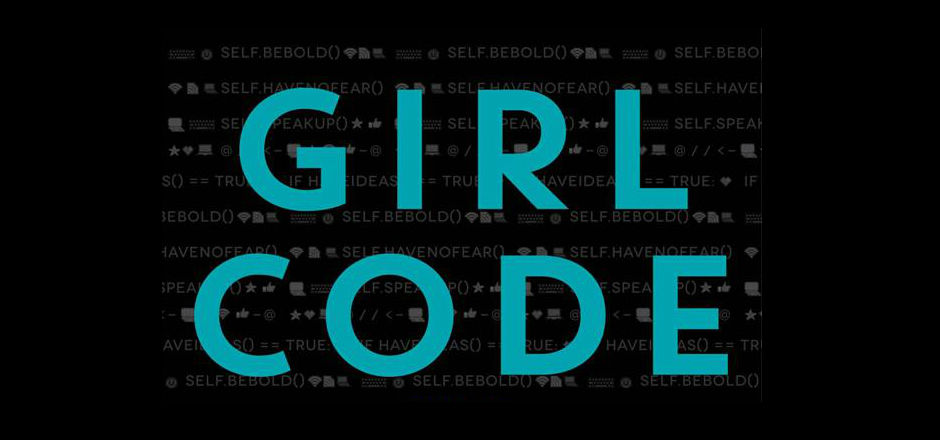Though not as common as it should be at this point in the gaming industry, it’s not entirely rare to see racial and cultural diversity in video games, especially in games with massive maps created for the gamers to explore. The immense quality of some of these worlds demands for the development of areas full of diverse characters and backgrounds, be it for the sake of differencing them, entertainment or simply as an attempt to universalize the living experience in that world. Most of them, though, tend to limit this to a handful of selective characters that will at some point be relevant to the plot.
And then there’s The Legend of Zelda.
One of the most identifying aspects of the franchise since the release of Ocarina of Time in 1998 is the vast world the player can explore within the constraints of the game’s linear gameplay, and the areas devoted to specific communities with complex cultures.
Real-life cultural influences in the series are noticeable everywhere, from the mythology that reigns in the realm to names, events, tendencies, situations and even items, but where the diversity is at its best is in the complex cultural background given to most of the tribes and communities in the series, making Hyrule a patchwork quilt of multiculturalism.
While the standard cultural background for Hylians throughout the series has been a generic Medieval European one, the tribes scattered across Hyrule have flourished in diversity and rich complexity. The games where this emphasis on multiculturalism can be appreciated best are Ocarina of Time and The Wind Waker.
These communities have languages and beliefs of their own separate from the traditional and central Hylian ones. They have customs, clothing styles, pursuits, foods, weapons and laws as well as traditions and a history all of their own. The degree of details given to most of these communities, while not all-encompassing, is certainly extensive and far more meticulous than the great majority of other mainstream franchises.
More important still is the fact that their cultures are relevant to the characterization of those crucial to the storyline. Each culture gets a moment to shine into the story and, in Ocarina of Time in particular, Link must embrace some aspect of the culture and learn from the wisdom of this community, not only to win their trust, but also to proceed successfully in his quest and to evolve as the Hero.

The most notorious and recurrent cultures in the franchise are those highlighted in Ocarina of Time: the Gorons, the Zoras and the Gerudo.
Clearly influenced by African tribes, the Gorons are a rock-eating tribe that thrives on hard soil, arid landscapes and hot weather. They are peaceful, cheerful and bound by ties of brotherhood, but wary of strangers. They place a lot of importance on physical strength and they find entertainment in explosive, energetic activities like wrestling, rolling down the mountains and dancing, but a few members also engage in other pursuits like archeology, industrialization and the development of their own specialized Goron steel. In Ocarina of Time, they dwell in Death Mountain, within caves full of wall paintings similar to those inked on their skins as part of tribe tradition.
Zoras, for their part, are almost the exact opposite of the Gorons; they are graceful, regal and proud amphibious creatures that live in a monarchic society divided in a caste system between River- and Sea-dwelling Zoras. They’re elitist in nature, and, up until it was necessary for Link to enter their domain to seek the Spiritual Stone of Water, they refused to allow entrance to any outsider who wasn’t a member of the Royal Family of Hyrule. They are also fierce swimmers and warriors who dedicate themselves to the worship of Lord Jabu-Jabu, their whale deity.
The Gerudo tribe has perhaps the most easily identifiable real-life components to its culture. An Amazon tribe in structure, the Gerudo tribe is made solely of warrior women, with the exception of one man born once every century who rules them for the duration of his life, a position the players have seen Ganandorf fulfill time and time again. Middle Eastern in appearance, the dark-skinned women of Gerudo dress in belly dancer-like clothes, are armed with scimitars and have a reputation as the best thieves and fighters in all of Hyrule. They live in a fort-like structure deep in the desert and are not welcoming of strangers, especially men.
Another particularly well-developed tribe with a clear real-life influence is the Rito tribe, which was first introduced in The Wind Waker. They are bird-like creatures evolved from the Zoras who dwell high in the mountains and use their home as Post Office for those on the islands scattered over the Great Sea. The Rito are a close-knit, proud community with rites of passage, music and spirits all of their own. This tribe is reminiscent of South American cultures – particularly those from the Andes Mountains – and the influence is noticeable in their clothes and architecture.
There is no shortage of cultures in the long-standing Zelda franchise. In the span of over two decades and over 20 games, the world of The Legend of Zelda has expanded and given birth to countless tribes, communities and cultures, all unique in their own way and with varying degrees of complexity: Sheikah, Kokiri, Kiwi, Mogma, Deku, Parella, Ancient Robots, Korok, Twili, Anouki, Yook, Cobble Kingdom, and the Picori.

Despite the commendable effort in the inclusion of diversity into the worlds of several of the installments in the franchise, there are two negative aspects to this. First, some of these cultures come with some ugly stereotypes associated with the real-life cultures that influenced their creation. For example, the Gorons are generally considered to be brutes of low intelligence because of their simple dialogue, their preference for physical strength and because how easy it is to mislead them, though this is never outright established in the game and is dispersed somewhat by a few intellectual Gorons like Gorko, the anthropologist in Skyward Sword.
In a similar fashion, there’s a very negative connotation associated with the Middle Eastern cultural influence on the Gerudo tribe, particularly their greedy, cheating, thieving tendencies, their reclusiveness and their general mistrust of outsiders, which results in a common fear and distrust of them throughout Hyrule.
Moreover, there’s an undeniable segregation of races and cultures that pervades all of Hyrule in the majority of games. In Ocarina of Time, the land separates them and pushes each of these communities to different corners of the world where their preferred ecosystem reigns. In The Wind Waker and Phantom Hourglass, the entire world is separated in tiny islands as a result of the great flood that destroyed Hyrule. In Twilight Princess, the Twilight invasion disconnected parts of Hyrule and access to different areas was near impossible unless Link shifted into wolf-form. And in Skyward Sword, the wildness of a world abandoned for thousands of years had separated the communities that remained when Demise and his demons tried to destroy the humans and the Goddess Hylia took them to the sky.
In fact, aside from when a member from each of the main tribes was needed as the Sage of each of the Temples in Ocarina of Time in order to seal Ganondorf in the Sacred Realm, one would be hard-pressed to find an occasion in the entire franchise where there’s any fraternization between the tribes and cultures, especially one where Link didn’t operate as the bridge between them.
What the creators of the series have accomplished is beautiful, but not without flaws. Nonetheless, the effort placed into diversifying the world in this franchise is admirable and has given the gamers and lovers of the series an amalgamation of complex, rich and exciting new cultures and worlds to explore. It might not be perfect, but the Zelda series has effectively conveyed the importance of multiculturalism and of allowing the beauty of the world to shine through the diversity and the profoundly significant differences amongst cultures that in the end unites us all.
Lorraine Acevedo Franqui writes for Girl In Capes from Puerto Rico and holds degrees in English Literature and Psychology. Her main interests are young adult lit, anything related to The Legend of Zelda and Kingdom Hearts, assorted shounen mangas and cats.
Lorraine has written about the Legend of Zelda franchise previously on the Sheikah as a ninja tribe. Still looking for more? Alan talks about Tetra as pirate (or princess) in Wind Waker from the Pirates & Ninja Issue and Joel talks more about misrepresentation and diversity in the Gerudo culture.
The main image in this piece was created by Finni Chang, who you can follow on Tumblr and Facebook. Find the original piece here on deviantART.






